How to Train Like a Football Player
Athletes train hard! If you’re looking to test what your body can do, try incorporating one or a few of these into your weekly routine.
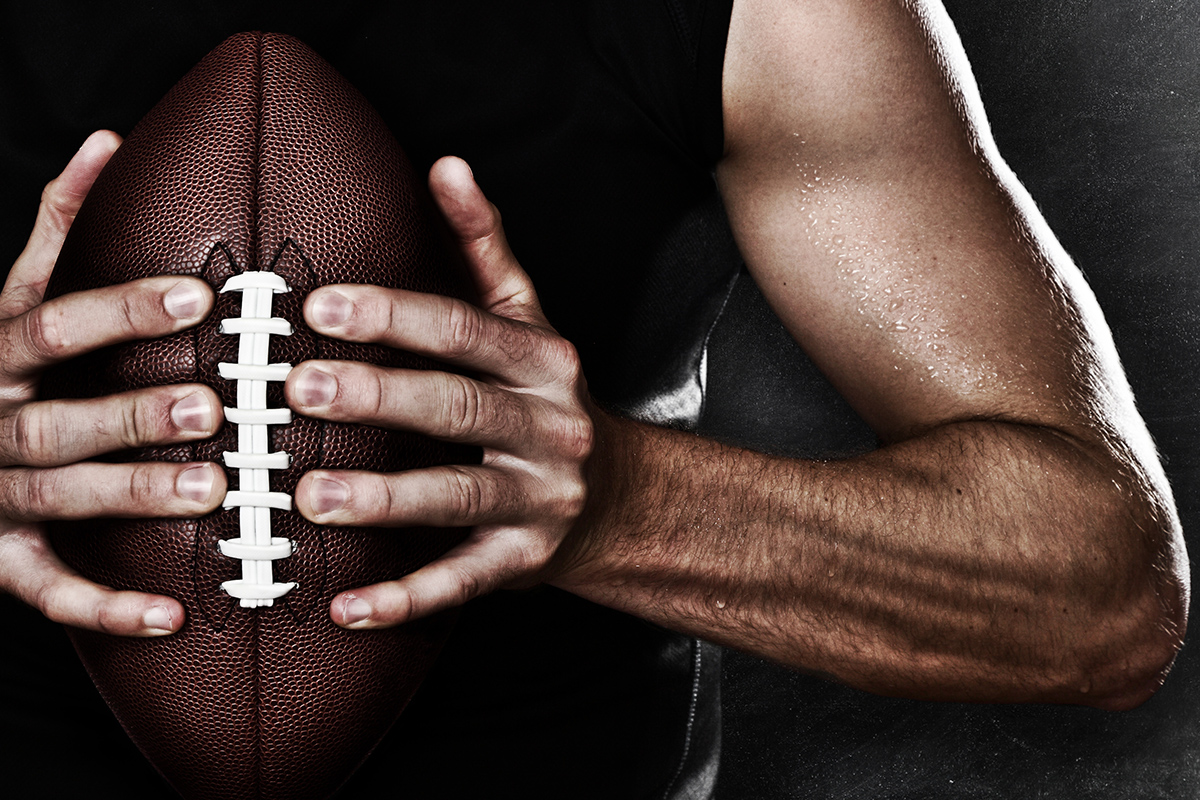
November 5th was American Football Day. This year, the regular football season runs from September 5th to December 29th. Your favorite players have been training hard, and whether you’re a die-hard fan or you watch only for the half-time show in February, it’s easy to appreciate the feats of athleticism that take place in every game.
Football players need an impressive amount of strength, cardiovascular endurance, stamina, speed, and agility. If you want the physique and athleticism of a football pro, you’ll need to train like one!
Here are 5 exercises that will work your muscles hard and test your physical limits.

5 Workouts That Test Your Limits


The most recognizable exercise we see football players do in training is the sled tackle. You may not need to be tackling anyone, but the principle of the movement is to learn how to dig deep and use your legs to drive your body forward. A Prowler Sled can be loaded up with weights to intensify your workout and focus your energy without the impact of a tackle.
Alternatively, you can pull the sled with a rope attachment, much like you would pull on a rope in tug-of-war. This flips the focus from your lower body to your upper body and helps you develop a killer grip-strength. For catching a football, rock climbing, scaling a ladder, or opening a jar, having a solid grip is an indicator of good, overall strength.

The Golden Rule of Equation Solving, and what should be the golden rule for exercise: What you do to one side, you must do to the other. Many people will focus only on ab workouts thinking that’s how they’ll get a shredded six-pack. Your back muscles, however, are very much a part of your core strength and stability. Having a strong back enables you to perform other exercises more safely and with more strength and power.
Rows are pretty versatile and can be done with a rowing machine for cardio, or with a barbell or TRX cables for strength building. For total-body fitness, make sure to focus on all the muscles in your body instead of just the ones that receive a lot of hype (like abs, biceps, and glutes). Football athletes don’t want to have any weak points so they can take a fall or a tackle and get back up to go again. Your weekly training regimen should aim for the same comprehensiveness.

Put your speed and agility to the test with agility ladders and do a lot of great things for your ankle strength as well. This is another easily recognizable drill. You may have seen it in training sessions for football, soccer, rugby, and other sports that require quick and precise maneuvering.
An agility ladder is a flat ladder with evenly spaced rungs. You essentially use it to mark the space on the ground where you will step in, out, and around the lines as quickly and as accurately as possible.
To zero in on the agility component, you’ll need to make a point of targeting your ability to stop, start, and change direction with a high response time. This can make for an interesting and focused workout if you have someone calling out direction changes and various instructions to keep you literally “on your toes.”

If you can do a pull-up with added weight, doing a pull-up without it is a whole lot easier, right? Athletes practice under the same principle. In training, they put their bodies through the toughest conditions so that game day feels like child’s play.
One of their most important assets is their cardiovascular and respiratory endurance. The ability to run up and down that field with the added weight of all the padding and gear, takes a lot of serious conditioning!
Suicide Sprints involve sprinting to and from a series of spaced markers. The idea is to sprint to the first marker, touch it, and then sprint back to your starting point. You’ll immediately, sprint to touch the second marker, and then back again to your starting point. You continue doing this until you’ve run to and from all the markers. You can increase the difficulty by adding more markers or setting them farther apart. After giving this exercise a try, you’ll understand the reason for its grim naming.

Another great cardio exercise is walking lunges. With your legs doing most of the work, the work of this large muscle group will have you sweating in no time. This exercise hones-in on your quads and glutes and will teach them to endure prolonged use.
To focus more on strengthening your leg muscles, you’ll need to progressively increase the amount of weight they need to move. You can do this by holding dumbbells or wearing a weighted vest as you go.
For tips on getting your mentality into gear for your workout, read about how you can Approach Your Workout Like an Athlete at Practice. Or, hear from Matt Harrison, LA Fitness member and an elite athlete, on Episode 12 of our Podcast. He shares what changes he made to his lifestyle to go from ordinary to extraordinary. To access our monthly blog post highlights, subscribe to our newsletter today!

Imagine this scenario —
“I survived the week-long school trip without getting sick like last time.”
“Wow – with all those kids? Good hygiene, I bet.”
“Maybe, but I safeguarded with echinacea, zinc and high-dose Vitamin C.”
“Didn’t you tell me you started probiotics beforehand, too?”
“Yep – my trifecta plus one! I just needed something to make a difference.”
“Uh, okay. But how do you know which ‘thing’ did the trick?”
— silence —
Immune-enhancing products are akin to a muscle-building arsenal because many weightlifters try everything all at once like the first person in our story. Starting a thermogenic, pre-workout formula, creatine, NO booster, and recovery drink at the same time is like a “throw everything at the wall and see what sticks” approach.
To enhance the effects of rigorous training and a nutritious diet, many people use ergogenic aids to reach top shape or peak performance. And the most popular ergogenic aids are dietary supplements. The term “stack” 15 years ago referred to a product with combined ingredients that had similar effects, such as herbal stimulants or androgens.
Now, it’s about stacking multiple supplements (often with proprietary blends) within the day. Most often targeted for gaining muscle and losing fat, stacking various supplements is promoted for gains in the weight room. The idea is that by grouping supplements together there may be a synergy of certain ingredients that combine to create greater advantages.
For single-ingredient preparations, it makes sense to take more than one dietary supplement, as they have different methods of action and are useful at different times. But by starting several compound supplements at once, it’s more difficult to determine which are effective – particularly if there are 6-8 products on the list! I recommend taking no more than four while ProResults® Master Trainer Geoff Fox advises avoiding performance-enhancing supplements (your wallet will thank us).

For those of you that are stacking your supplements, here are some tips for evaluating product effectiveness and safety:
Athletes train hard! If you’re looking to test what your body can do, try incorporating one or a few of these into your weekly routine.
Do dietary supplements actually work or are they really just a waste of money? LAF registered dietitian Debbie James discusses the use of supplements.
Debunking fitness myths surrounding the ideas of muscle building and fat burning.


Most of us have been told a lie in the gym at some point. The real question is, did you believe it? If someone has helped you or given you tips, did you ever research what they said or did to see if it was true? There’s a chance that it was completely wrong.
We’re going to go over and debunk a handful of myths surrounding the ideas of muscle building and fat burning.
When we exercise moderately, it’s true that more fat can burn compared to carbohydrates. However, this type of training burns fewer total calories and takes significantly longer. High intensity exercises like HIIT (high intensity interval training) can burn more calories in a shorter amount of time and can cause an “after-burn” effect fueled by fat that can last a day or longer. I personally found success with HIIT training. HIIT by LAF is great for those interested in high intensity workouts looking to burn some calories!
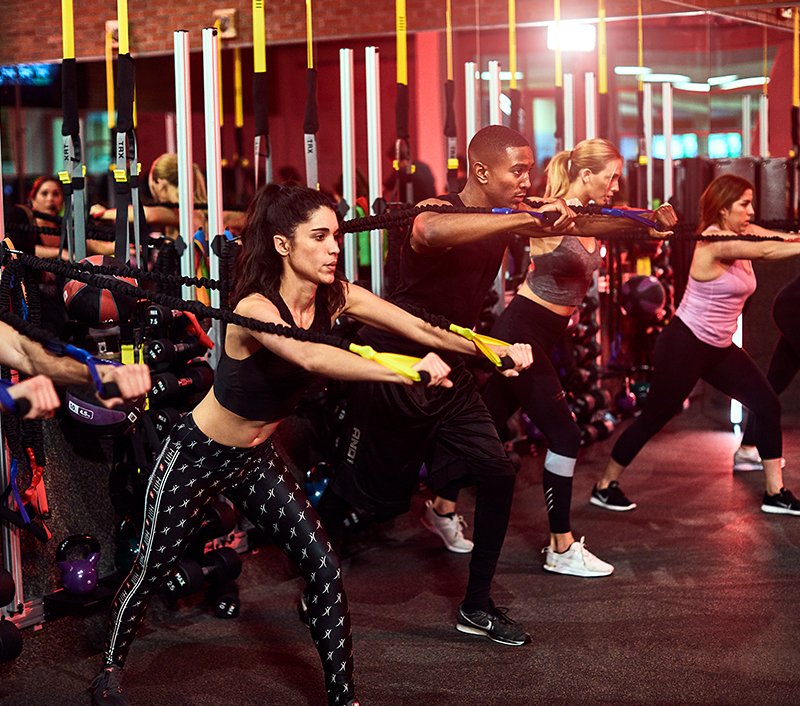
“Don’t eat late at night.” “Eat dinner earlier.” “No carbs before bed.” These seem to be some common statements we hear for losing weight and they couldn’t be more inaccurate. Calories are calories and if you eat too many of them you’ll gain weight, regardless of what time it is. According to a , overweight people lost more weight eating carbohydrates at night compared to throughout the day. The late-night eaters had better hormone levels that control satiety and hunger. The Human Growth Hormone (HGH) is a powerful hormone produced by the human body that regulates the amount of body fat you burn and the amount of muscle you build. HGH levels peak while you’re sleeping so if you eat right before bed, your body could utilize those nutrients to build muscle and burn fat at the same time.

What’s going to burn more fat calories in 20 minutes: watching TV, walking, or interval sprinting? If you think it’s TV or walking, you’re wrong. Just because you burn a higher percentage of fat from moderate exercise doesn’t mean you’ll burn as many total fat calories. Interval sprinting burn a less percentage of fat but a much higher total calorie loss, which actually results in more fat calories burned than walking for 20 minutes.
A family member of mine went on a diet a while ago to try and lose weight. She was told to double her protein intake and eat less carbohydrates. She ended up miserable and weighing more than she did before her diet. We’re not saying protein doesn’t build muscle, but there’s a point where protein can hurt compared to help. For every pound of body weight, consuming about Any protein consumption over the 1.25g per pound of bodyweight can get broken down in to amino acids and nitrogen which can either store in your body or excrete your body.
If someone is trying to give you a fitness tip, listen to what they have to say but do your own research and come up with your own opinion. Everybody has a different body and genetic makeup. What works for one person might not work for another. Know what works best for you and own your workouts!
References
Athletes train hard! If you’re looking to test what your body can do, try incorporating one or a few of these into your weekly routine.
Do dietary supplements actually work or are they really just a waste of money? LAF registered dietitian Debbie James discusses the use of supplements.
Debunking fitness myths surrounding the ideas of muscle building and fat burning.
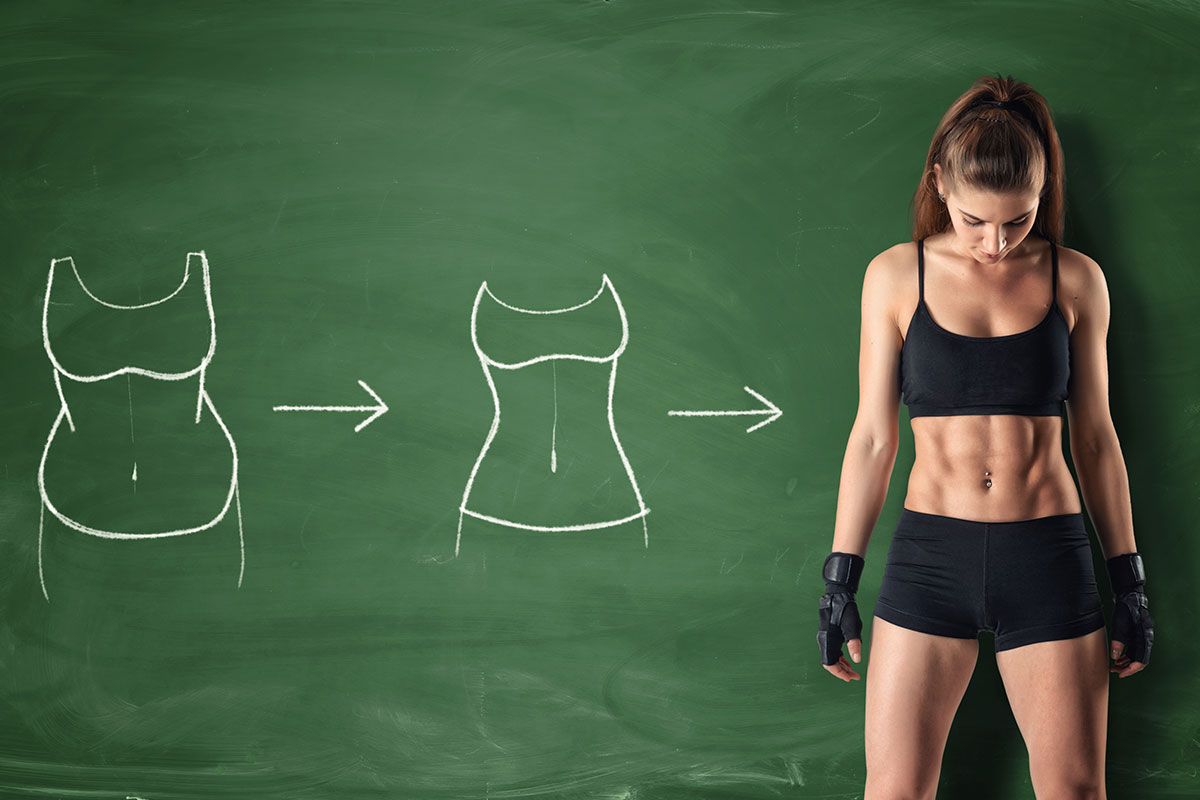
When that little extra cushioning suddenly turns into the spare tire you never wanted, chances are you’re starting to think about ways to quickly shed that excess fat and replace it with muscle.
To successfully make this happen, it’s important to first understand some facts about fat and muscle.

Most people know that obesity can lead to a laundry list of health concerns, including (but not limited to):
It’s not that all fat is bad for the body. In fact, our body needs fat to function. The idea instead is to get rid of excess fat that can cause damage to the body, create a sense of sluggishness, and lead to feelings of discontent.
Yes… and no. But, mainly yes!
Here’s why:
Cardio increases heart rate fast and typically burns more calories than weight lifting does. Because you’ll want to burn off the fat first, before focusing more on muscle building, cardio-forward workouts may be the most beneficial for those looking to lose fat – although, cardio should be combined with weight training for a balanced workout routine.
A few cardio exercises that are known for high levels of calorie burn include HIIT*, cycling, running, or use of the elliptical machine.
*Learn more about HIIT by LAF®.
Of course, there are other cardio options that may sound more appealing to some. These options include Group Fitness classes like Zumba® or sports leagues*.
*Check out LA Fitness Group Leagues here.
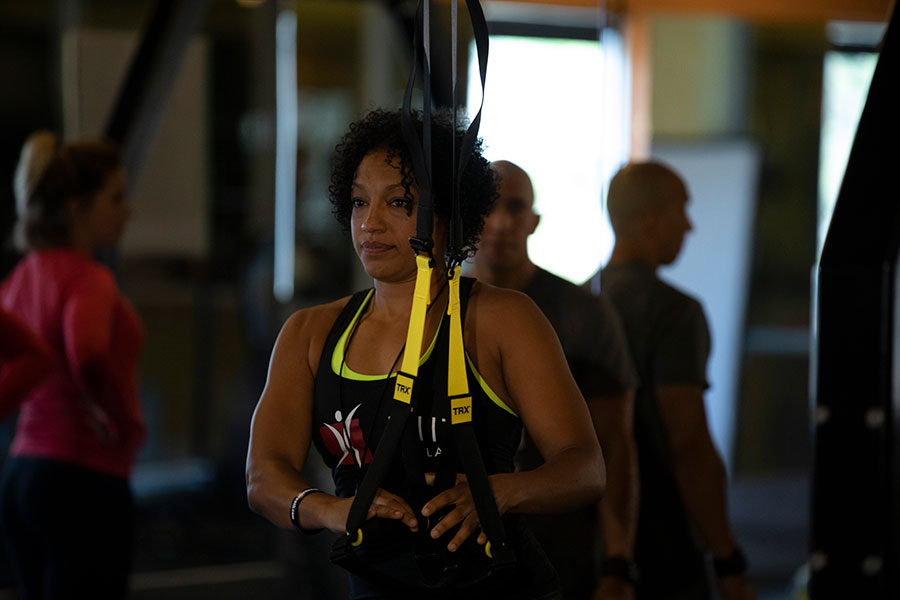
Check out this episode of Ask A Trainer with Master Trainer, Stone Thomas, who helps further answer if cardio or strength training is better for weight loss.
While it would be so much nicer if it were possible to just target a certain area of the body, it’s not realistic. That’s just not how fat loss works.
LA Fitness Pro Results® trainer, Kayla V., explains it more in the video below and gives tips on what can be done to increase weight loss overall.
http://bloglafitness.azurewebsites.net/2018/02/09/best-exercises-stomach-fat/
Consuming more calories than what your body is expending will, at the very least, lead to a weight loss plateau (if not weight gain).
In the beginning stages of weight loss, it’s so important to track your calories.
Once you have a better understanding of food proportions and how much you need to eat daily to lose weight, you can choose to stop tracking calories and just eat smaller, healthier options when your body signals that it’s hungry.
There are plenty of online options available to help better understand healthy eating and portion control.
And, if you’re an LA Fitness member, we have a special section called “Ask Our Dietitian” dedicated to answering your nutrition-related questions. Send them to us here.

Perhaps you’ve already shed the excess body fat and now you’re looking to increase your muscle mass. This is where things get fun.
Building muscle means your workouts should now encompass more weight training. To build muscle, rather than simply retain what you already have, you should increase your weight and decrease the number of reps you’re doing.
When questioning why our bodies tend to become tired and sore after working out, LA Fitness registered dietitian Debbie James, RDN shared “Since your muscles are sore, their cellular metabolism needs to be restored to normal. You might need more sources of potassium and anti-inflammatory compounds.”
These include:

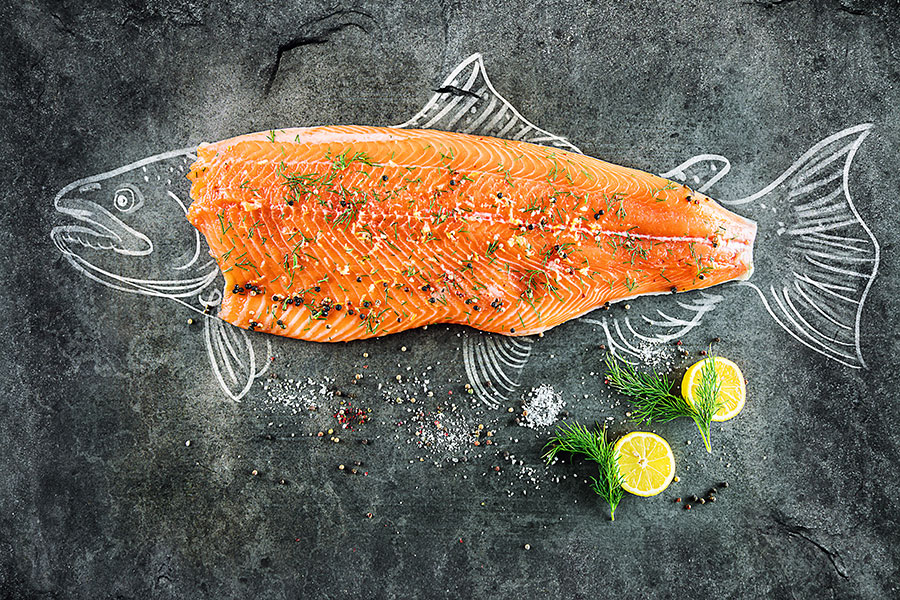
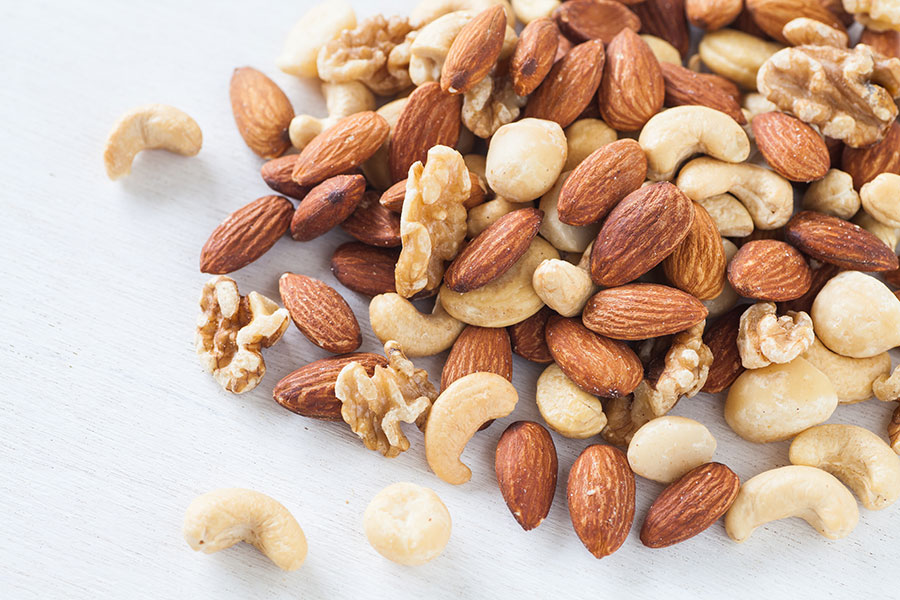
When you start training harder and more frequently, your body is going to need more calories because your body is going to be burning more energy.
This is where it might get tricky for someone who was formally at an unhealthy body weight.
You’ve heard it over and over again: “Cut calories and you’ll lose weight.”
So, you’ve become conditioned to eating less, but now your goal has changed. You’re no longer looking to drop fat; you’re looking to build muscle.
If you keep working out and not consuming enough calories the body begins breaking down the muscle you have, rather than repairing it or building it.
This is why protein should be your best friend when it comes to building muscle.
That lean-look, or definition of muscles, will come with time after body fat percentage is dropped and strength training has increased.
Understanding how to take your body from overweight to healthy and in shape sometimes takes the help of professionals. If you’ve found yourself struggling to make the transition on your own, it may be time to investigate personal training or dietic consulting.
Living a healthy lifestyle can be done by anyone, at any age, at any time.
All you have to do is get started.
Share what made you make the change in the comments below!
Athletes train hard! If you’re looking to test what your body can do, try incorporating one or a few of these into your weekly routine.
Do dietary supplements actually work or are they really just a waste of money? LAF registered dietitian Debbie James discusses the use of supplements.
Debunking fitness myths surrounding the ideas of muscle building and fat burning.


Will taking beet root help me gain muscle? How does it work?

The evidence for beetroot supplementation is slowly gaining ground. Some studies show that it may be helpful for intermittent, high-intensity workouts as well as endurance training. Surprisingly, as a newer ergogenic aid, beetroot juice (BJ) has already met the Australian Institute of Sport’s highest evidence classification for effectiveness – joining beta-alanine, caffeine, creatine, glycerol, and bicarbonate – at threshold doses for certain situations in sport.
Beetroot, like several green leafy vegetables, has very high nitrate levels. According to a laboratory assay, about 100 ml (~3.5 fl oz) of beetroot juice provides between 48-150 mg nitrate and 10 grams of beetroot powder provides 165 mg nitrate, whereas studies generally used 300-600 mg of nitrate.
Beetroot juice’s effect may come from nitrate’s role as a precursor to nitric oxide, a vasodilator which can enhance oxygen delivery to muscle tissue. A review of 9 studies concluded that “the improvements observed were attributed to faster phosphocreatine resynthesis which could delay its depletion during repetitive exercise efforts. In addition, [BJ] supplementation could improve muscle power output via a mechanism involving a faster muscle shortening velocity.”
As with all ergogenic aids, the theory is that by enabling stronger/longer workouts, the increased output will promote muscle growth. Currently, the magnitude of research supports beetroot juice’s impact on performance, not body composition. So keep working out!
– Debbie J., MS, RD
This article should not replace any exercise program or restrictions, any dietary supplements or restrictions, or any other medical recommendations from your primary care physician. Before starting any exercise program or diet, make sure it is approved by your doctor.
Some questions have been edited for length and/or clarity.
 Have a nutrition question? Our registered dietitian is ready to help!
Have a nutrition question? Our registered dietitian is ready to help!
Email nutrition@lafitness.com or submit your question below and it may be featured in an upcoming article!
Do dietary supplements actually work or are they really just a waste of money? LAF registered dietitian Debbie James discusses the use of supplements.
Debunking fitness myths surrounding the ideas of muscle building and fat burning.
LA Fitness, registered dietitian, Debbie James, discusses recent evidence that suggests beetroot may help with muscle gain.
Be the first to know about exclusive
content, deals and promotions